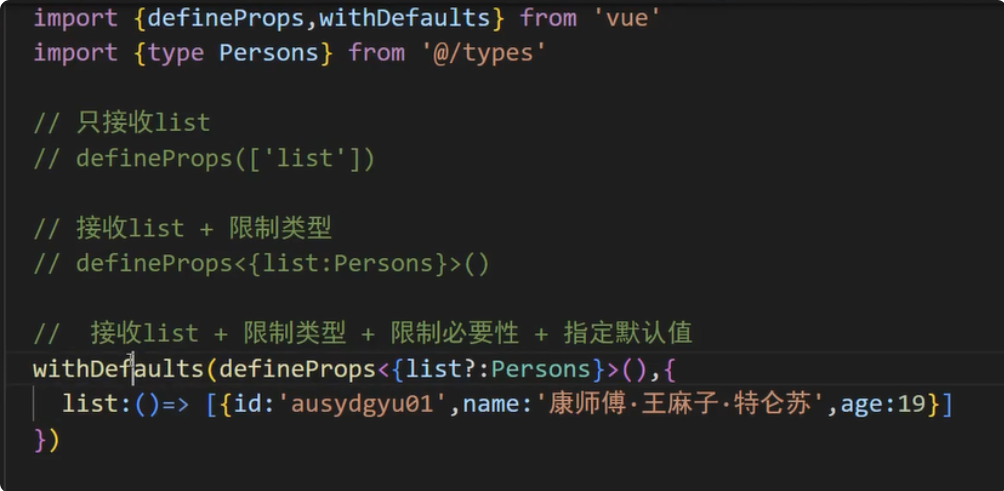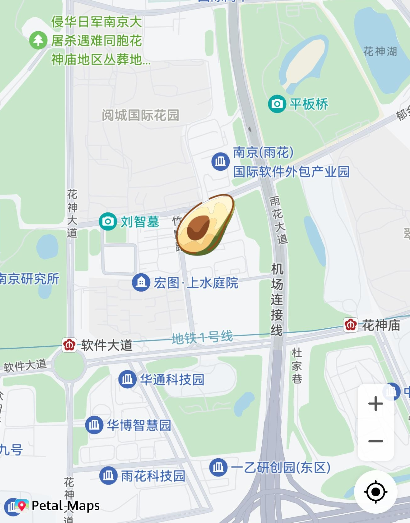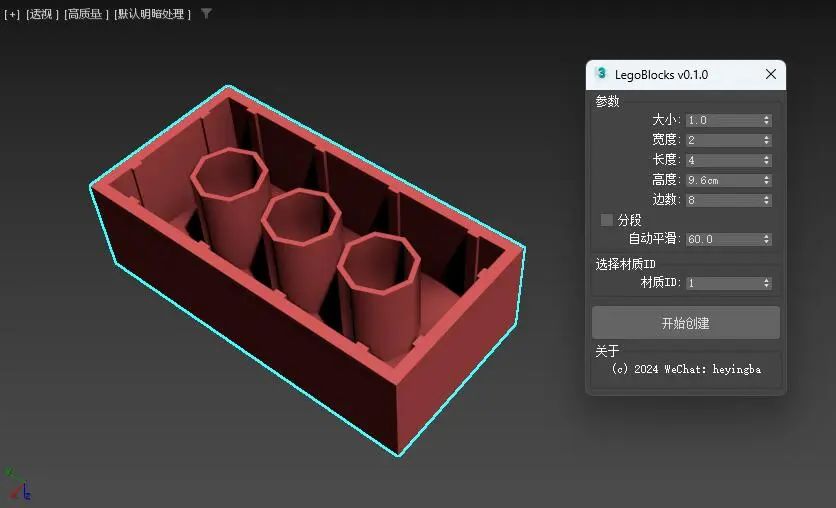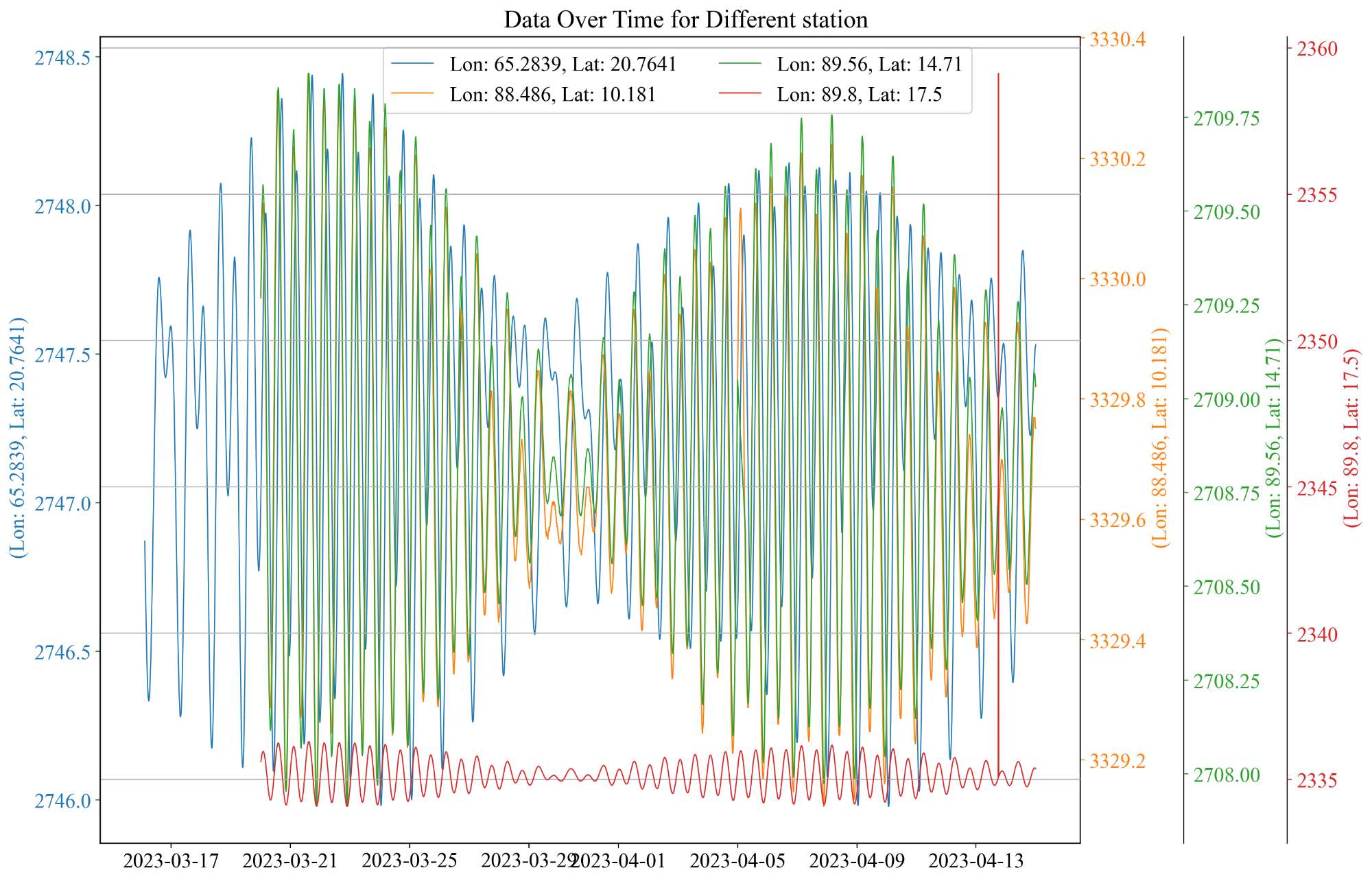文章目录
- 1. JDK动态代理和CGLIB动态代理的区别
- 1.1 适用范围
- 1.2 生成的代理类
- 1.3 调用方式
- 2. 问题引入
- 3. 创建工程验证 Spring 默认采用的动态代理机制
- 3.1 引入 Maven 依赖
- 3.2 UserController.java
- 3.3 UserService.java
- 3.4 UserServiceImpl.java(save方法添加了@Transactional注解)
- 3.5 User.java
- 3.6 编写配置文件
- 4. 测试结果及测试结果分析
- 4.1 测试结果
- 4.2 测试结果分析
- 4.3 Spring Framework工程和SpringBoot工程中分别使用哪种动态代理
- 4.4 源码分析
- 4.5 手动指定 AOP 使用哪种动态代理
- 5. 为什么SpringBoot默认会选用CGLIB动态代理(JDK动态代理的局限性)
- 5.1 使用JDK动态代理时目标对象必须要实现接口
- 5.2 使用JDK动态代理时必须要用接口来接收
- 5.3 使用JDK动态代理时获取不到实现类方法上的注解
- 6. 补充:调试时this指针指的是哪个对象
- 7. 总结
- 8. 参考资料
1. JDK动态代理和CGLIB动态代理的区别
1.1 适用范围
- 如果要使用 JDK 动态代理,必须要保证目标类实现了接口
- 如果要使用 CGLIB 动态代理,目标类不能使用 final 关键字进行修饰,也就是说,目标类是可继承的
1.2 生成的代理类
- JDK 动态代理生成的代理对象会实现目标类实现的所有接口,这也是 JDK 动态代理为什么要保证目标类实现了接口的原因
- CGLIB 动态代理生成的代理对象会继承目标类,所以说目标类不能使用 final 关键字进行修饰,因为一个类加了final 关键字就不能被继承了
1.3 调用方式
JDK 动态代理是采用反射的方式来调用目标方法,而 CGLIB 是通过子类直接调用父类的方式来调用目标方法
2. 问题引入
Spring 框架在创建代理对象时,默认情况下如果目标对象实现了至少一个接口,那么会使用 JDK 动态代理;如果目标对象没有实现任何接口,则会使用 CGLIB 动态代理
以上内容相信大家都非常熟悉,然而事实真的是这样吗,我们创建一个工程来验证一下是否真的如此
3. 创建工程验证 Spring 默认采用的动态代理机制
工程环境:SpringBoot 3.0.2 + JDK 17.0.7
3.1 引入 Maven 依赖
为了方便测试,我们引入以下依赖
- Spring Web
- MyBatis Framework
- aspectjweaver
- MySQL 连接驱动
<dependency>
<groupId>org.springframework.boot</groupId>
<artifactId>spring-boot-starter-web</artifactId>
</dependency>
<dependency>
<groupId>org.mybatis.spring.boot</groupId>
<artifactId>mybatis-spring-boot-starter</artifactId>
<version>3.0.2</version>
</dependency>
<dependency>
<groupId>org.aspectj</groupId>
<artifactId>aspectjweaver</artifactId>
</dependency>
<dependency>
<groupId>com.mysql</groupId>
<artifactId>mysql-connector-j</artifactId>
<scope>runtime</scope>
</dependency>
我们创建几个简单的类,验证 Spring 默认采用的动态代理机制
3.2 UserController.java
import cn.edu.scau.pojo.User;
import cn.edu.scau.service.UserService;
import org.springframework.web.bind.annotation.PostMapping;
import org.springframework.web.bind.annotation.RequestBody;
import org.springframework.web.bind.annotation.RequestMapping;
import org.springframework.web.bind.annotation.RestController;
@RestController
@RequestMapping("/user")
public class UserController {
private final UserService userService;
public UserController(UserService userService) {
this.userService = userService;
}
@PostMapping("/save")
public void save(@RequestBody User user) {
userService.save(user);
}
}
3.3 UserService.java
import cn.edu.scau.pojo.User;
public interface UserService {
void save(User user);
}
3.4 UserServiceImpl.java(save方法添加了@Transactional注解)
import cn.edu.scau.pojo.User;
import cn.edu.scau.service.UserService;
import org.springframework.stereotype.Service;
import org.springframework.transaction.annotation.Transactional;
@Service
public class UserServiceImpl implements UserService {
@Transactional
public void save(User user) {
System.out.println("保存用户:" + user);
}
}
3.5 User.java
public class User {
}
3.6 编写配置文件
application.yml
spring:
datasource:
url: jdbc:mysql://localhost:3306/blog?useUnicode=true&characterEncoding=utf-8&useSSL=false&serverTimezone=Asia/Shanghai&allowPublicKeyRetrieval=true
username: root
password: 123456
driver-class-name: com.mysql.cj.jdbc.Driver
4. 测试结果及测试结果分析
4.1 测试结果
我们在 controller 层打上断点,以 debug 的方法访问接口

可以看到,UserService 的类名中出现了 CGLIB 关键字,说明采用的是 CGLIB 动态代理

怎么回事呢,明明我的 UserServiceImpl 是实现了 UserService 接口的,为什么会使用 CGLIB 动态代理呢
4.2 测试结果分析
在 Spring Framework 中,是使用 @EnableAspectJAutoProxy 注解来开启 Spring AOP 相关功能的
我们查看一下@EnableAspectJAutoProxy 注解类的源码
在这里插入图片描述
通过源码的注释我们可以了解到:在 Spring Framework 中,proxyTargetClass 的默认取值是 false(false 表示不启用 CGLIB 动态代理),也就是说,Spring Framework 默认采用的还是使用 JDK 动态代理
难道说,Spring 源码的注释写错了???
为了进一步进行测试,我们在项目的启动类上手动指定使用 JDK 动态代理
@EnableAspectJAutoProxy(proxyTargetClass = false)

可以发现,Spring 默认使用的就是 JDK 动态代理
打断点后再次进行测试,发现使用的还是 CGLIB 动态代理

难道 @EnableAspectJAutoProxy 的 proxyTargetClass 属性无效了?
4.3 Spring Framework工程和SpringBoot工程中分别使用哪种动态代理
等一等,我们是不是遗漏了什么?
我们的测试工程使用的 SpringBoot 环境,那如果不用 SpringBoot,只用 Spring Framework 会怎么样呢
测试过程与上述测试相同,就不再赘述了
测试结果表明,在 Spring Framework 中,如果类实现了接口,默认还是使用 JDK 动态代理
4.4 源码分析
结果上面的分析,很有可能是 SpringBoot 修改了 Spring AOP 的相关配置,那我们就来一波源码分析,看一下 SpringBoot 内部到底做了什么
源码分析,找对入口很重要。那这次的入口在哪里呢?
@SpringBootApplication 是一个组合注解,该注解中使用 @EnableAutoConfiguration 实现了大量的自动装配
EnableAutoConfiguration 也是一个组合注解,在该注解上被标志了 @Import


AutoConfigurationImportSelector 类实现了 DeferredImportSelector 接口

DeferredImportSelector 接口中有一个 getImportGroup 方法,AutoConfigurationImportSelector 类重写了该方法


getImportGroup 方法返回了AutoConfigurationGroup 类,AutoConfigurationGroup 是 AutoConfigurationImportSelector 中的一个私有内部类,实现了 DeferredImportSelector.Group 接口

SpringBoot 就是通过 AutoConfigurationImportSelector.AutoConfigurationGroup 类的 process 方法来导入自动配置类的
我们在 process 方法打上断点,重新启动 SpringBoot 测试工程

通过调试信息,我们可以看到与 AOP 相关的自动配置是通过 org.springframework.boot.autoconfigure.aop.AopAutoConfiguration 类来进行配置的

我们查看 AopAutoConfiguration 类的源码,发现如果我们没有在配置文件中指定使用哪种代理,默认就会使用 CGLIB 动态代理

4.5 手动指定 AOP 使用哪种动态代理
通过源码我们也就可以知道,在 SpringBoot 中如果需要指定 AOP 使用哪种动态代理,需要通过 spring.aop.proxy-target-class 这个配置项来修改
在 application.yml 文件中通过 spring.aop.proxy-target-class 属性来配置
在编写文件时我们也可以看到,proxy-target-class 属性默认为 true

我们改为 false 之后再次启动测试工程,发现已经使用了 JDK 动态代理

5. 为什么SpringBoot默认会选用CGLIB动态代理(JDK动态代理的局限性)
为什么 SpringBoot 默认会选用 CGLIB 动态代理呢,当然是因为 JDK 动态代理存在一定的局限性
5.1 使用JDK动态代理时目标对象必须要实现接口
如果要使用 JDK 动态代理,必须要保证目标类实现了接口,这是由 JDK 动态代理的实现原理决定的
5.2 使用JDK动态代理时必须要用接口来接收
我们现在有 UserServiceImpl 和 UserService 两个类,此时需要在 UserContoller 中注入 UserService 类
我们通常都习惯这样写代码
@Autowired
private UserService userService;
在这种情况下,无论是使用 JDK 动态代理,还是 CGLIB 动态代理都不会出现问题
但是,如果代码是这样的呢
@Autowired
private UserServiceImpl userService;
这个时候,如果我们是使用 JDK 动态代理,那在启动时就会报错:

The bean is of type ‘jdk.proxy2.$Proxy59’ and implements:
cn.edu.scau.service.UserService
org.springframework.aop.SpringProxy
org.springframework.aop.framework.Advised
org.springframework.core.DecoratingProxy
Expected a bean of type ‘cn.edu.scau.service.impl.UserServiceImpl’ which implements:
cn.edu.scau.service.UserService
Action:
Consider injecting the bean as one of its interfaces or forcing the use of CGLib-based proxies by setting proxyTargetClass=true on @EnableAsync and/or @EnableCaching.
因为 JDK 动态代理是基于接口的,代理生成的对象只能赋值给接口变量
而 CGLIB 就不存在这个问题,因为 CGLIB 是通过生成目标对象子类来实现的,代理对象无论是赋值给接口还是实现类,两者都是代理对象的父类,使用 CGLIB 动态代理可以避免类型转换导致的错误
5.3 使用JDK动态代理时获取不到实现类方法上的注解

我们在 UserServiceImpl 类的 save 方法上添加一个自定义的 Log 注解
import java.lang.annotation.*;
@Target({ElementType.PARAMETER, ElementType.METHOD})
@Retention(RetentionPolicy.RUNTIME)
@Documented
public @interface Log {
/**
* 操作名称
*/
String name() default "";
}
同时对方法上带有 Log 注解的类进行增强
import cn.edu.scau.annotation.Log;
import jakarta.servlet.http.HttpServletRequest;
import org.aspectj.lang.ProceedingJoinPoint;
import org.aspectj.lang.Signature;
import org.aspectj.lang.annotation.Around;
import org.aspectj.lang.annotation.Aspect;
import org.aspectj.lang.annotation.Pointcut;
import org.aspectj.lang.reflect.MethodSignature;
import org.springframework.stereotype.Component;
import org.springframework.web.context.request.RequestAttributes;
import org.springframework.web.context.request.RequestContextHolder;
import org.springframework.web.context.request.ServletRequestAttributes;
import java.lang.reflect.Method;
import java.time.LocalDateTime;
import java.time.format.DateTimeFormatter;
/**
* 切面类
*/
@Component
@Aspect
public class SystemAspect {
@Pointcut("@annotation(cn.edu.scau.annotation.Log)")
private void pointcut() {
}
@Around("pointcut()")
public Object around(ProceedingJoinPoint joinPoint) throws Throwable {
// 通过解析 session 或 token 获取用户名
// 获取被增强类和方法的信息
Signature signature = joinPoint.getSignature();
MethodSignature methodSignature = (MethodSignature) signature;
// 获取被增强的方法对象
Method method = methodSignature.getMethod();
// 从方法中解析注解
if (method != null) {
Log logAnnotation = method.getAnnotation(Log.class);
System.out.println("模块名称:" + logAnnotation.name());
}
// 方法名字
String name = null;
if (method != null) {
name = method.getName();
}
System.out.println("方法名:" + name);
// 通过工具类获取Request对象
RequestAttributes requestAttributes = RequestContextHolder.getRequestAttributes();
ServletRequestAttributes servletRequestAttributes = (ServletRequestAttributes) requestAttributes;
HttpServletRequest request = null;
if (servletRequestAttributes != null) {
request = servletRequestAttributes.getRequest();
}
// 访问的URL
String url = null;
if (request != null) {
url = request.getRequestURI();
}
System.out.println("访问的URL:" + url);
// 请求方式
String methodName = null;
if (request != null) {
methodName = request.getMethod();
}
System.out.println("请求方式:" + methodName);
// 登录IP
String ipAddress = null;
if (request != null) {
ipAddress = getIpAddress(request);
}
System.out.println("登录IP:" + ipAddress);
// 操作时间
System.out.println("操作时间:" + LocalDateTime.now().format(DateTimeFormatter.ofPattern("yyyy-MM-dd HH:mm:ss")));
// 将操作日志保存到数据库
return joinPoint.proceed();
}
/**
* 获取 IP 地址
*
* @param request HttpServletRequest
* @return String
*/
public String getIpAddress(HttpServletRequest request) {
String ip = request.getHeader("x-forwarded-for");
if (ip == null || ip.isEmpty() || "unknown".equalsIgnoreCase(ip)) {
ip = request.getHeader("Proxy-Client-IP");
}
if (ip == null || ip.isEmpty() || "unknown".equalsIgnoreCase(ip)) {
ip = request.getHeader("WL-Proxy-Client-IP");
}
if (ip == null || ip.isEmpty() || "unknown".equalsIgnoreCase(ip)) {
ip = request.getRemoteAddr();
}
return "0:0:0:0:0:0:0:1".equals(ip) ? "127.0.0.1" : ip;
}
}

以 debug 的方式启动项目,在切面中发现获取到的注解数量为 0,获取不到任何注解,因为 UserService 接口上并没有注解(当然,我们也可以在接口上添加注解,但是这不符合我们的编码习惯)
method.getAnnotations()

改用 CGLIB 动态代理后,再次以 debug 的方式启动项目,在切面中发现获取到的注解数量为 2,获取到了方法上的所有注解

6. 补充:调试时this指针指的是哪个对象
哪个对象调用了this所在的代码块,this 指针就指向哪个对象
如果我们在打断点调试时,输出 this,会发现 this 指针指向的不是代理对象,为什么呢


因为代理对象只是对目标对象进行了增强,真正调用目标方法还是需要目标对象
以 CGLIB 动态代理为例,代理对象会保留目标对象的引用,代理对象的简单结构如下

我们记住,哪个对象调用了 this 所在的代码块,this 指针就指向哪个对象
在进行断点调试时,this 所在的代码块指向的对象就是目标对象,而不是代理对象
7. 总结
- 在 Spring Framework 工程中 AOP 默认使用 JDK 动态代理
- 为了解决使用 JDK 动态代理可能导致的类型转化异常问题,SpringBoot 默认使用 CGLIB 动态代理
- 在 SpringBoot 中,如果需要默认使用 JDK 动态代理,可以通过配置项
spring.aop.proxy-target-class=false来进行修改,在启动类上通过 @EnableAspectJAutoProxy(proxyTargetClass = false) 配置已无效
8. 参考资料
- 小米二面:为什么SpringBoot使用cglib作为默认动态代理 ?AOP使用jdk动态代理会有什么问题 ?_哔哩哔哩_bilibili
- 什么鬼?弃用JDK动态代理,Spring5 默认使用 CGLIB 了?|jdk|aop|boot|proxy|spring|framework_网易订阅 (163.com)
- 腾讯二面:Spring AOP底层实现原理是怎么样的?JDK和CGlib动态代理有什么区别 ?_哔哩哔哩_bilibili



















